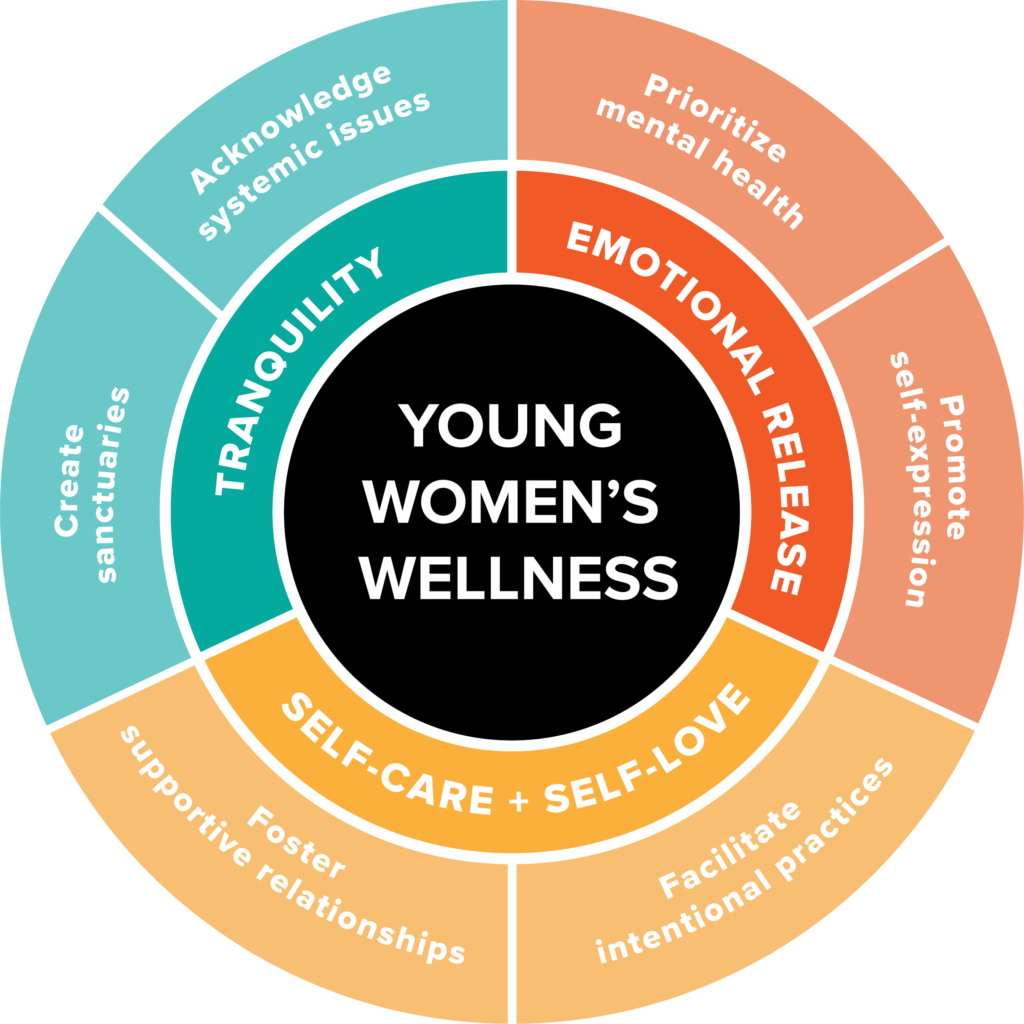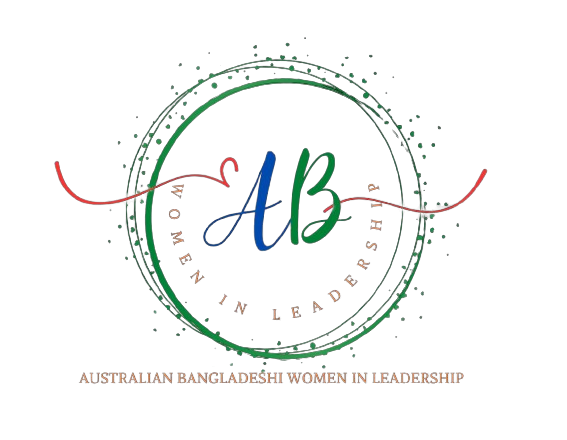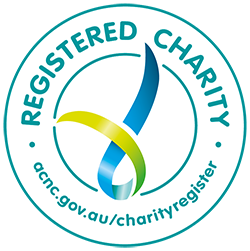
Empowering Young Women: Nurturing Mental Well-Being for a Brighter Future
ABWLI is dedicated to supporting young women and promoting their mental well-being through a range of impactful initiatives and activities. Our commitment lies in creating a nurturing environment where young women can thrive, feel empowered, and develop resilience. By fostering community connections and providing valuable resources, we aim to inspire positive changes in their lives. Each initiative we undertake is a step toward our shared goal of enhancing mental health and well-being, making our journey not just meaningful but also successful in uplifting the voices and spirits of young women.
Hope the video helps: Mental Health & Youth: A Rising Concern | SDG Media Zone | United Nations


https://mazda-demio.ru/forums/index.php?autocom=gallery&req=si&img=6337